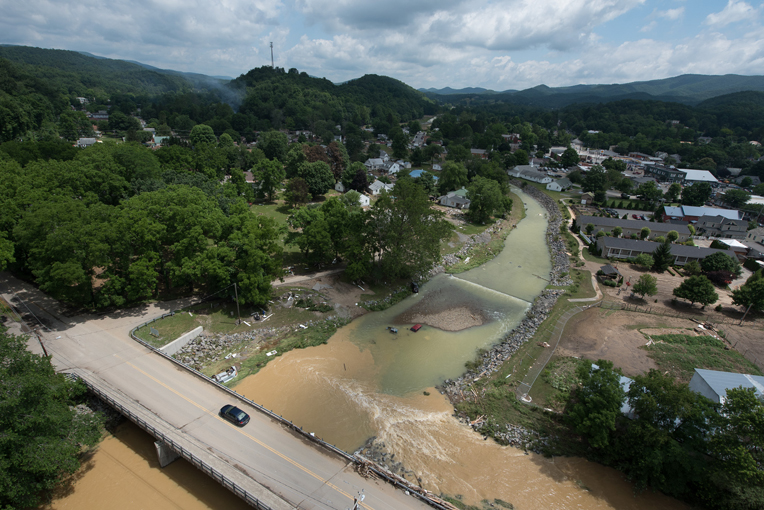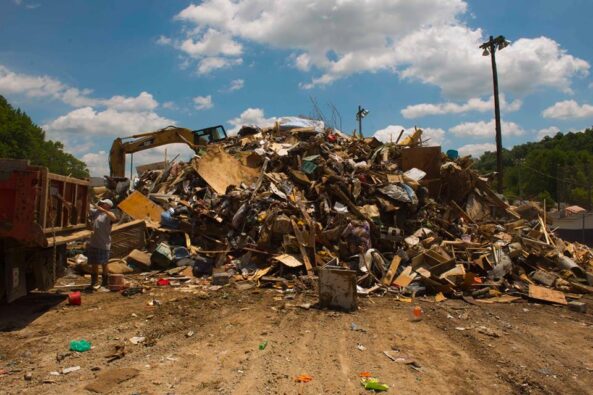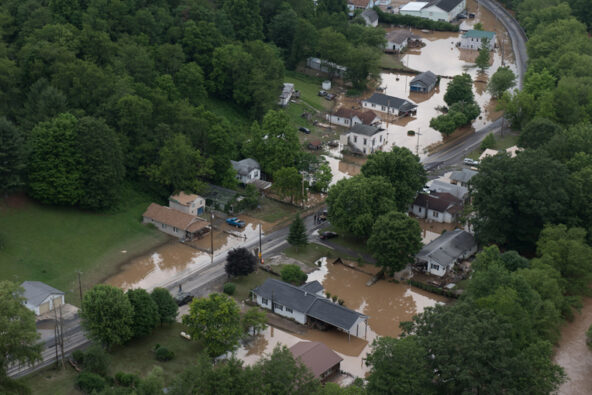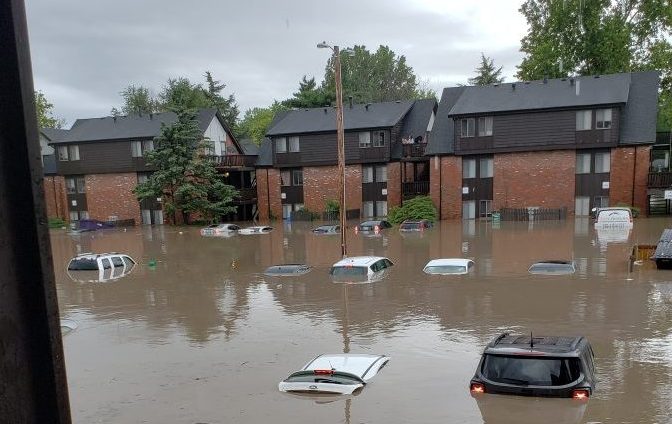
Last updated:
West Virginia Flash Floods

Overview
A severe storm system on June 22, 2016 dumped torrential rain, tornadoes, high winds, and large hail across West Virginia and Virginia and causing the most deadly flash flood event the U.S. has seen in recent years.
At least 23 people died, and thousands were left without basic utilities when the flood knocked out power, gas service, and interfered with numerous municipal water systems, and hundreds of homes were destroyed.
A major disaster declaration was approved on June 25, and expanded on June 28. A state of emergency has been declared in 44 of the state’s 55 counties.
The cost of the flooding has yet to be determined, but insurance experts believe losses will be in the hundreds of millions when assessments are completed. The West Virginia Governor’s office estimates the damage to public property to be at or in excess of $100 million, including about $45 million in damages to state roads. For individuals, FEMA’s individual assistance program will be available to those who qualify, but grants are limited to $33,000 — and that’s for worst case scenarios. Most individual grants are less than that amount.
Sources: FEMA, CNN News, West Virginia VOAD, and responding NGOs.
What was the impact on communities?
- West Virginia received, in a single day, one-fourth of its’ annual rainfall.
- At least 24 people died in the flash flood event.
- The governor declared a state of emergency for 44 of 55 counties in the state.
- In Kanawha County, Elkview River rose more than 27 feet between Thursday afternoon and Friday morning, to 33.37 feet – the highest crest since record keeping began more than 125 years ago, according to the National Weather Service.
- Fewer than 2 percent of insured homes had flood insurance in affected areas.
- More than 1,200 homes were destroyed.

Long-term recovery
For major grants in long-term recovery, please contact Philanthropy West Virginia. PWV has also been compiling a number of resources and contact information for this disaster.
Statewide disaster recovery
A statewide Disaster Recovery Fund, hosted by West Virginia National Voluntary Organizations Active in Disasters and facilitated by the West Virginia Methodist Foundation has been activated.
Local needs
For local needs in affected counties, please contact the following community foundations and United Way organizations:
- Nicholas County Community Foundation: 304-872-0202 or nccfwv@gmail.com.
- In Summers County, the Hinton Area Foundation: 304-466-5332 or info@hintonareafoundation.com.
- In Greenbrier, Pocahontas, and Monroe counties, the United Way of Greenbrierfor immediate support, and the Greenbrier Community Foundation (304-645-5620 or info@gvfoundation.org) for long-term support.
- In Raleigh, Fayette and Nicholas counties: United Way of Southern WV.
- In Webster, Fayette, & Raleigh counties: Beckley Area Foundation, 304-253-3806 or Sharon@bafwv.org.
- In Kanawha and Clay Counties: United Way of Central WV.
- In Kanawha, Fayette, Boone, and Clay Counties: The Greater Kanawha Valley Foundation, 304-346-3620 or tgkvf@tgkvf.org.
Philanthropic and government support
American Red Cross is on the ground and operating numerous shelters for those without shelter or utilities from the floods. The organization is also providing mental health workers and health workers. As communities become accessible, the Red Cross will begin the damage assessment process visiting hard-hit neighborhoods to survey the effects of the floods in homes across the state.
AmeriCares is provides water, first aid supplies, and medicine to affected areas in West Virginia. Shipments to partners in the affected area have included Tdap and insulin vaccines, hygiene kits and medical products, and bottled water.
Samaritan’s Purse has an assessment team on the ground and will be responding based from Greenbrier County.
Save the Children has worked in West Virginia since 2010. Its early childhood development and school-based literacy programs in five counties serve over 1,800 children. Children in three areas served by Save have been affected. Planned responses include distributing cash cards to families through schools in under-resourced areas to allow families to purchase needed items, and working with schools and teachers to reestablish classrooms and replace learning materials and books that have been damaged or destroyed.

Resources

Floods
Flooding is our nation’s most common natural disaster. Regardless of whether a lake, river or ocean is actually in view, everyone is at some risk of flooding. Flash floods, tropical storms, increased urbanization and the failing of infrastructure such as dams and levees all play a part — and cause millions (sometimes billions) of dollars in damage across the U.S. each year.

Is your community prepared for a disaster?
Explore the Disaster Playbook